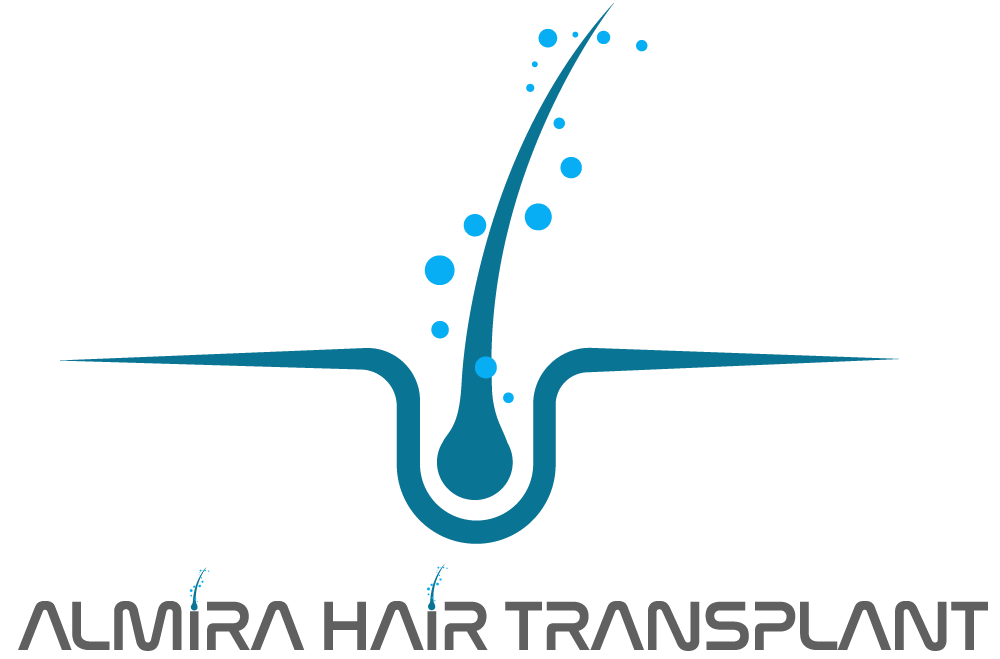Afro Hair Transplant Aftercare: When to Start Styling and Shaping?

Afro Hair Transplant Aftercare: When to Start Styling and Shaping?
Afro hair, with its curly texture and dense structure, requires special care both during and after the hair transplant process. One of the most common questions patients ask is when they can start styling their new hair. For Afro-textured hair in particular, starting too early or using the wrong methods may damage the grafts and delay the desired aesthetic results. That’s why timing and proper aftercare are crucial for a successful outcome.
Early Phase: Healing and Graft Retention
The first two weeks after a hair transplant are critical for graft survival. During this period:
-
Scabbing and redness appear in the transplanted area.
-
Itching, mild sensitivity, and temporary shedding are normal.
-
Grafts remain fragile and can easily be damaged.
For this reason, no styling products (gel, spray, mousse) should be used during the first 15 days. Tight hairstyles or pressure on the scalp should also be avoided. With Afro hair, the natural tension of curls can put extra stress on grafts, so extra care is necessary.
1–3 Months: Shedding and Patience Phase
Between the first and third month, most transplanted hairs undergo “shock loss,” a temporary shedding process. In Afro hair, this may appear more noticeable due to the thick and dense hair structure. During this phase:
-
Styling should not begin; the hair should be left completely natural.
-
Use wide-tooth Afro combs and handle the scalp gently.
-
Avoid braids, tight buns, or accessories that put pressure on the scalp.
The focus during this stage should be on healing and root development, not styling.
4–6 Months: The First Signs of New Growth
For Afro hair transplant patients, the period between the 4th and 6th month is exciting. During this time:
-
New hairs start to emerge, though they may look thin and fragile.
-
Hair gradually regains its natural curly Afro texture.
-
Growth direction and density become more visible.
At this stage, light styling can be introduced, but avoid chemical products and heat-based tools (straighteners, blow dryers). Instead:
-
Use natural moisturizing oils (argan, jojoba, coconut).
-
Choose curl-defining creams suitable for Afro-textured hair.
-
Massage the scalp gently to stimulate blood circulation.
6–12 Months: Styling Freedom
By the 6th month, most transplanted hair has grown in. For Afro hair:
-
Hair appears fuller, stronger, and naturally curly.
-
Light hairstyles such as braids, natural Afro styles, and loose buns can be done.
-
Low-heat styling tools may be used occasionally, with moderation.
By the 12th month, results are nearly final, and all styling options for Afro-textured hair can be safely explored.
Long-Term Considerations
-
Chemical treatments (dyeing, straightening, perm) should be postponed until at least 12 months after the transplant.
-
Avoid alcohol-based products that dry the scalp.
-
Regular moisturizing is essential, as Afro hair tends to be naturally dry.
-
Supplements rich in vitamins and minerals may support scalp and hair health.
Conclusion
Patience is key when it comes to styling Afro hair after a transplant. The first three months should be dedicated solely to healing. Light styling may begin between the 4th and 6th months, and after the 6th month, more versatile hairstyles can be tried. By the 12th month, Afro hair can be styled freely without concern. With proper care and timing, patients can enjoy both the natural beauty of their Afro texture and the full benefits of their transplant.


